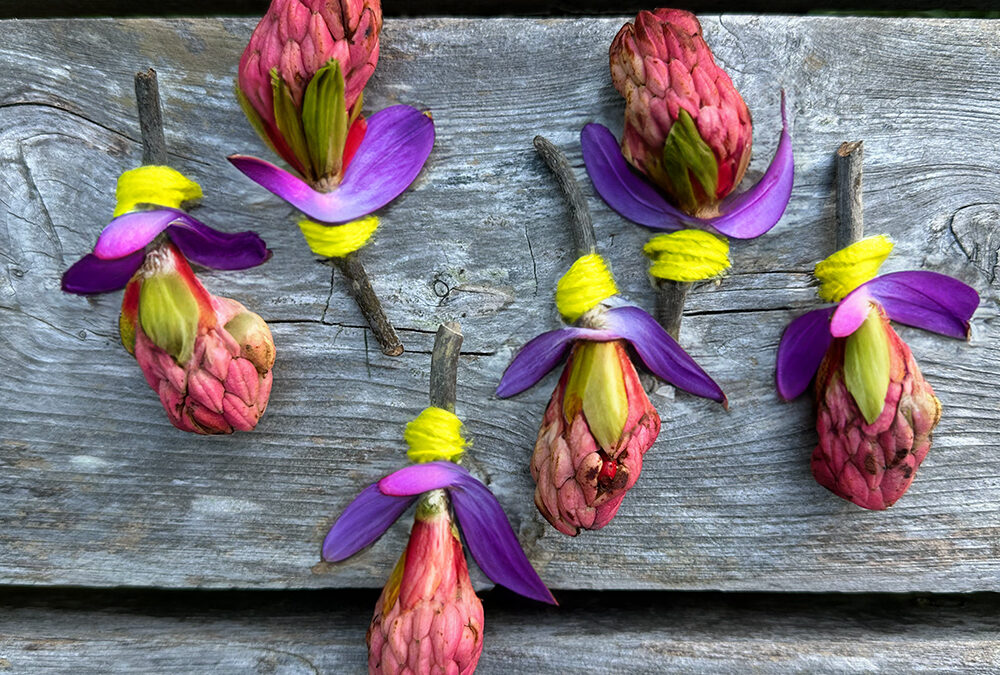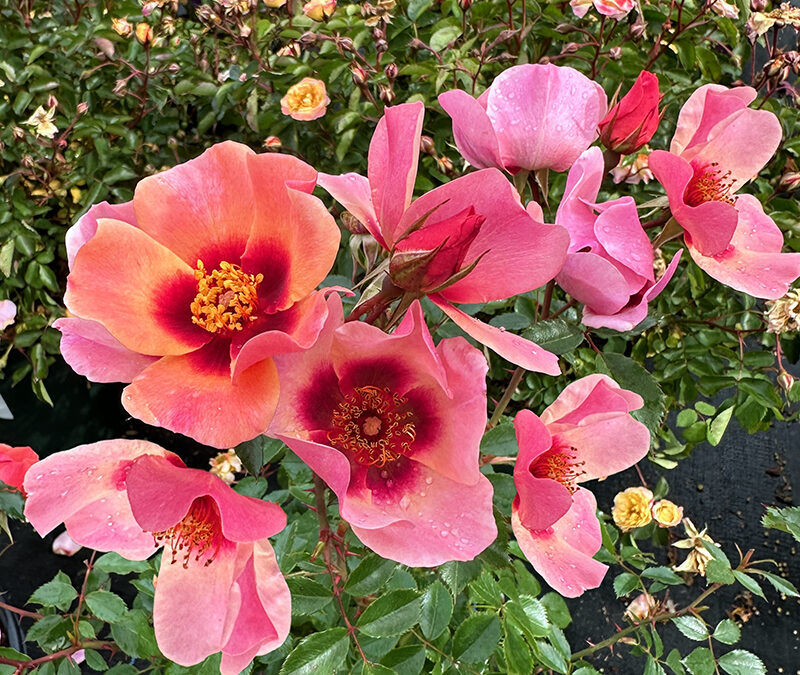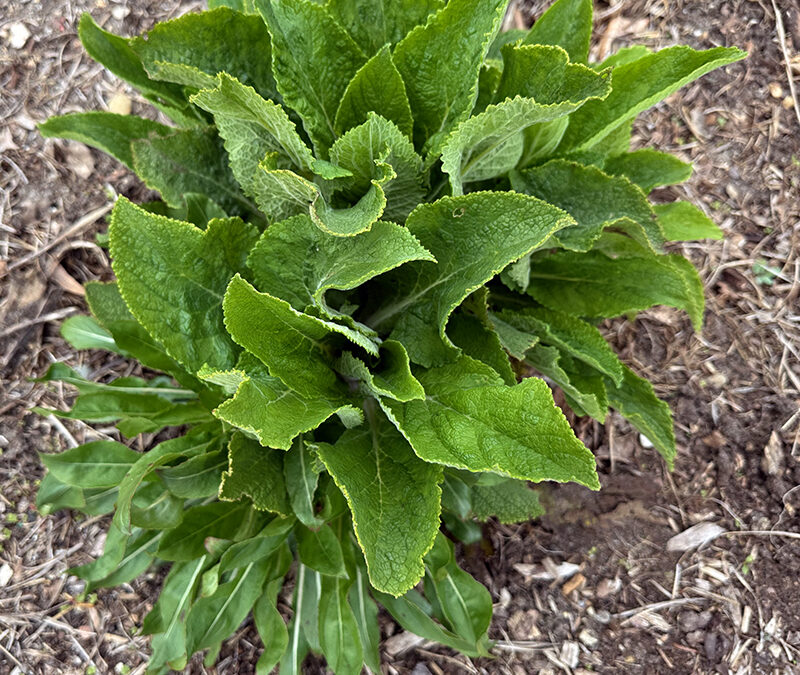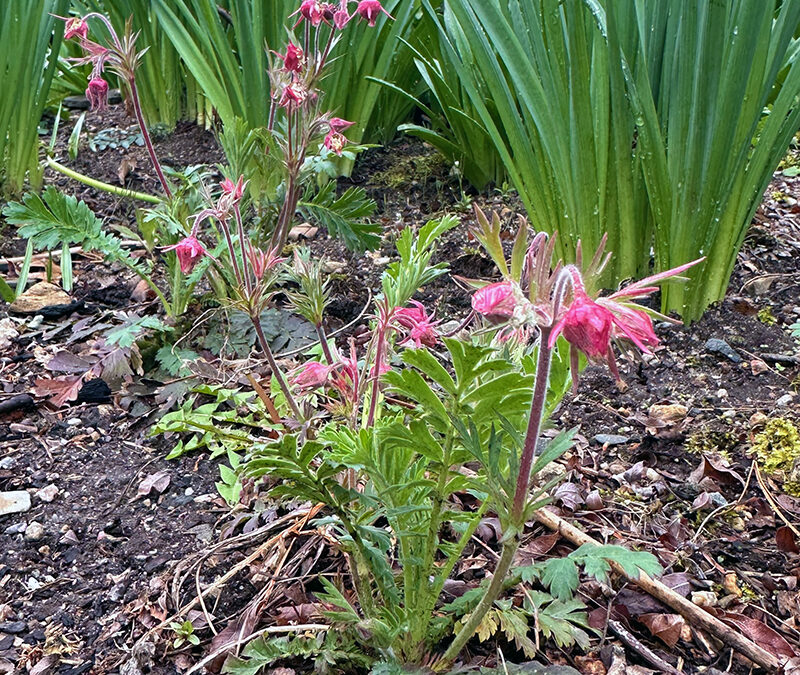
Jun 8, 2024 | Garden Travel
I’m excited! This is the 10th year of the Cape Cod Hydrangea Festival and there will be 100 gardens on tour, plus many special events. Last night I presented a virtual talk about the event to 85 people from all over the USA: I gave them the backstory about this...
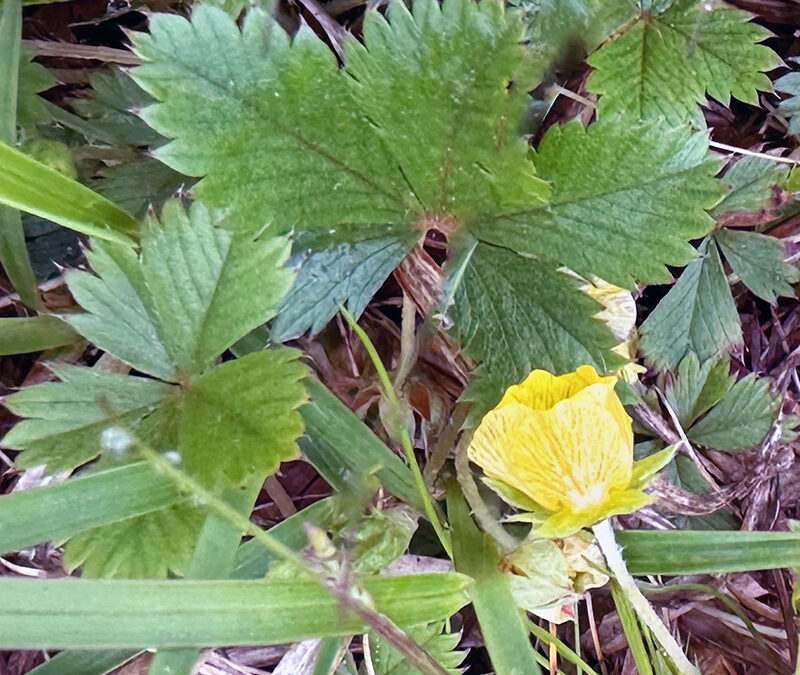
May 25, 2024 | Love This!
Name: Potentilla canadensis aka Dwarf Cinquefoil Type of Plant: Typically thought of as a weed, this is a low-growing cinquefoil for sun or part-shade. Why I Love this Plant: I love this plant because it’s native to this area. Dwarf cinquefoil is a pollinator...
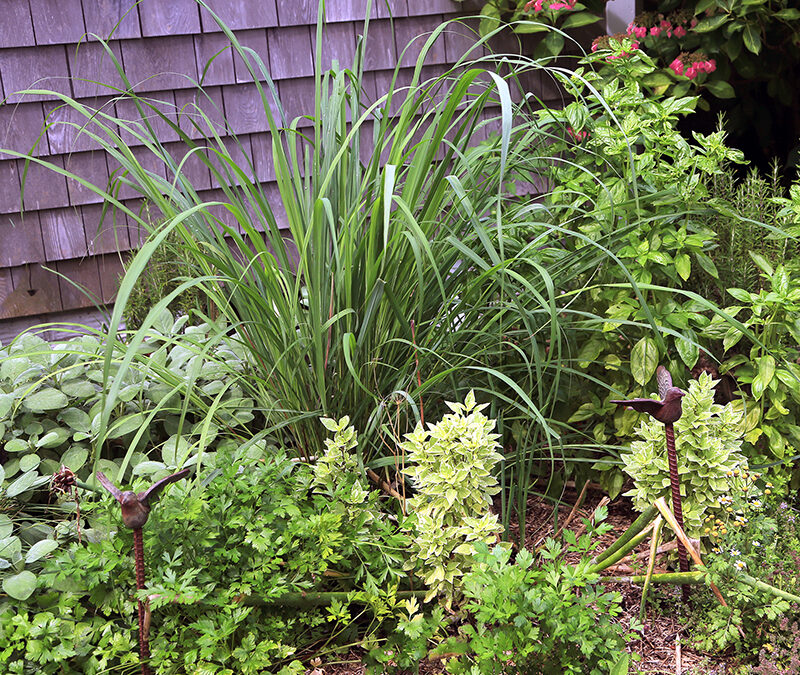
May 17, 2024 | Gardens, Love This!
Name: Cymbopogon citratus aka Lemon Grass Type of Plant: A tropical plant native to Southeast Asia. A culinary herb that’s easy to grow as an annual in colder climates. Why I Love this Plant: This herb is pretty grass, in a garden or in a pot. If you are interested...
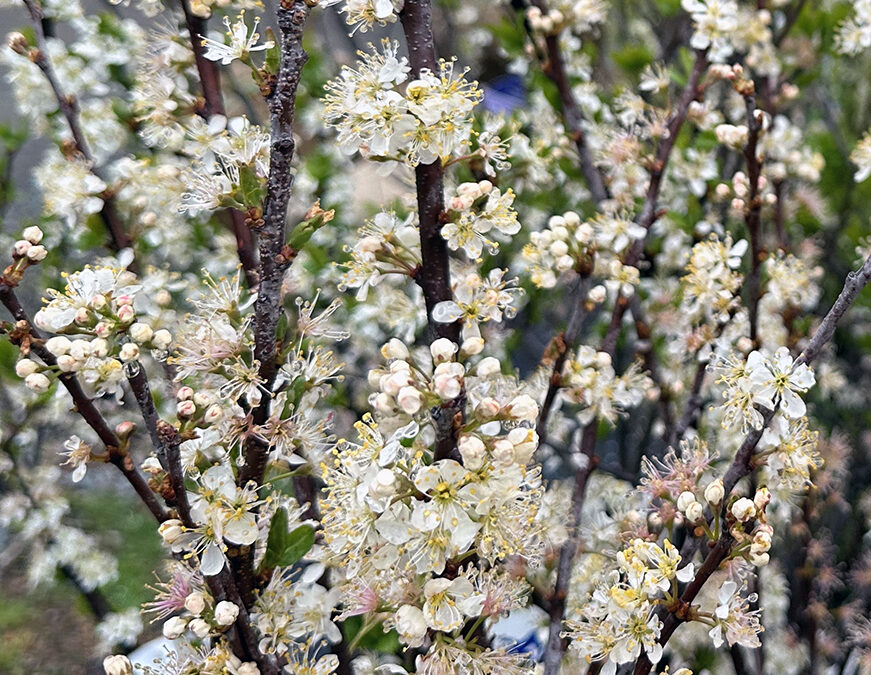
May 10, 2024 | Love This!
Name: Prunus maritima aka beach plum Type of Plant: A native North American shrub that flowers in the spring. Hardy to zones 4-9 Why I Love this Plant: Beach plums grow well in sandy, acidic soils and they thrive in the northeastern climate. They are a suckering...
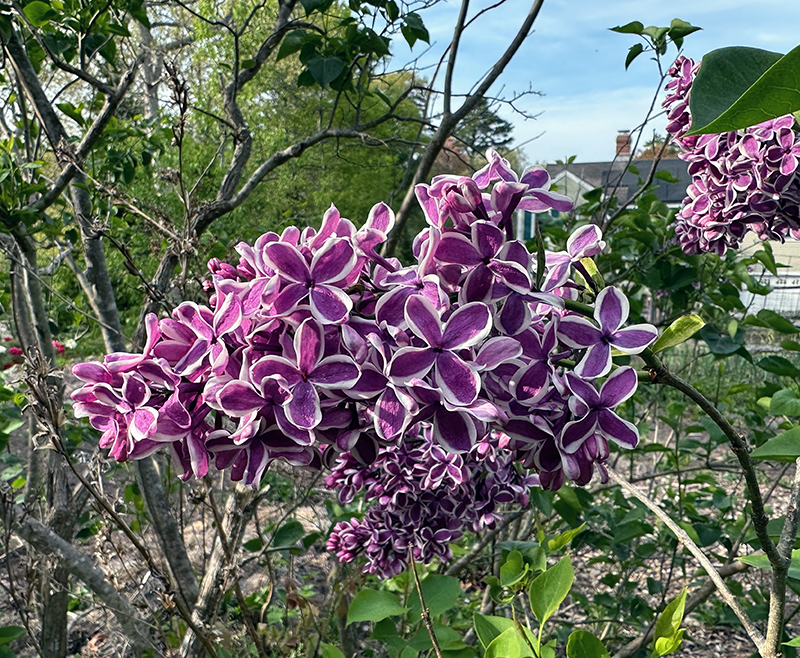
Apr 27, 2024 | Love This!
Name: Syringa vulgaris ‘Sensation’ aka Sensation Lilac Type of Plant: This shrub is the old fashioned, large growing lilac, with big blooms and a delightful fragrance. Why I Love this Plant: ‘Sensation’ is different from other lilacs in that the flowers are a...
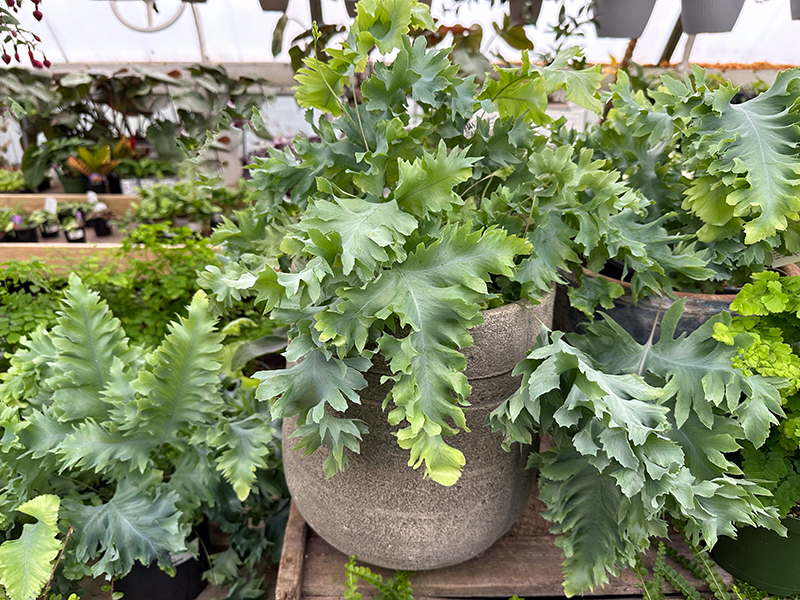
Apr 19, 2024 | Love This!
Name: Phlebodium aureum aka Living Lace® Davana aka Blue Star Fern Type of Plant: Houseplant for most people, although it might live outdoors in warm places such as Florida and Puerto Rico. Why I Love this Plant: A fern with ruffled edges and a bluish foliage...


